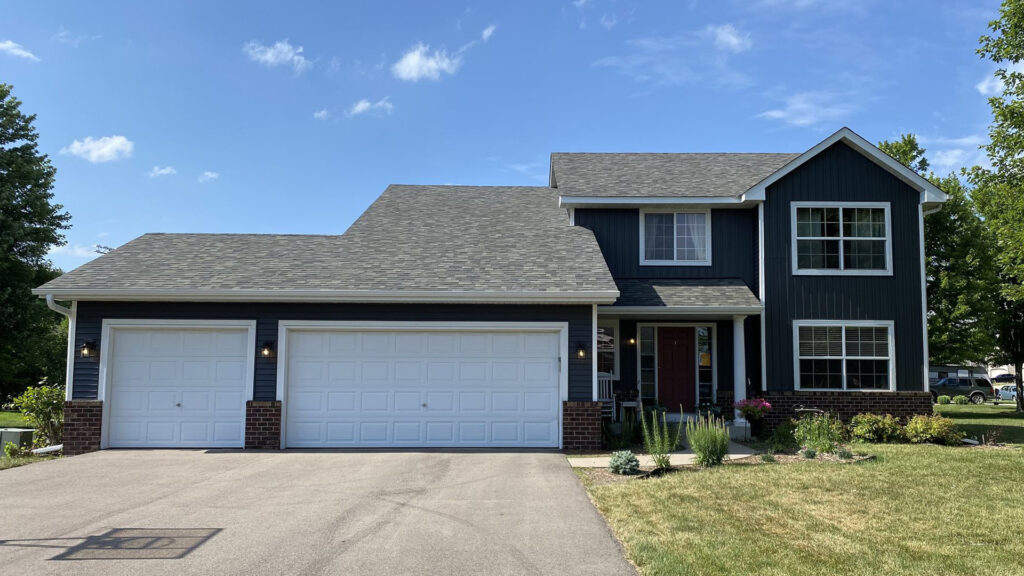A successful roof replacement isn’t just about picking out shingles—it starts with what lies beneath them. Your roofing underlayment plays a crucial role in protecting your home from moisture, leaks, and harsh weather. At Kinmount Exteriors LLC, we know how important it is to choose the right materials to ensure your roof lasts for decades. But with so many options available, how do you decide between peel-and-stick and synthetic underlayments?
In this guide, we’ll break down the pros and cons of each option, explain how they perform in different conditions, and help you make the best choice for your home.
Understanding Roofing Underlayment
Before diving into the specifics, let’s understand what roofing underlayment is and why it matters. Roofing underlayment is a water-resistant or waterproof barrier installed between your roof deck and shingles. It provides a secondary layer of protection against wind-driven rain, ice dams, and leaks caused by damaged shingles.
The two most popular types of underlayment today are peel-and-stick and synthetic. Each has its strengths and weaknesses, making it essential to choose the one that best fits your home’s needs and climate.
Peel-and-Stick Underlayment
What Is Peel-and-Stick Underlayment?
Peel-and-stick underlayment is a self-adhering waterproof barrier made of modified bitumen with a sticky backing. It’s designed to bond directly to the roof deck, creating a watertight seal.
Advantages of Peel-and-Stick Underlayment
- Superior Waterproofing: Its self-sealing design makes it excellent for preventing water infiltration, even around nails and fasteners.
- Ideal for Harsh Weather: Perfect for regions with heavy rainfall, snow, or ice dams.
- Extra Protection for Vulnerable Areas: Often used in valleys, eaves, and around chimneys where leaks are most likely to occur.
Considerations
- Higher Cost: Peel-and-stick products are typically more expensive than synthetic options.
- Difficult to Adjust: Once applied, it’s tough to reposition without damaging the material.
- Installation Challenges: Requires a clean, dry surface for proper adhesion, which can be tricky in humid or cold climates.
Synthetic Underlayment
What Is Synthetic Underlayment?
Synthetic underlayment is made from lightweight, woven, or spun polypropylene or polyethylene. It offers excellent strength and resistance to tearing compared to traditional felt.
Advantages of Synthetic Underlayment
- Lightweight and Easy to Install: Easier for roofing crews to handle, speeding up installation.
- Moisture and Mold Resistant: Synthetic materials are naturally resistant to water and mold growth.
- Durability: High tear strength makes it durable during installation and in extreme weather.
- UV Resistant: Can be exposed to sunlight longer than felt without degrading.
Considerations
- Slippery Surface: It can be slick to walk on during installation, posing a safety risk without proper precautions.
- Higher Cost Than Felt: Although cheaper than peel-and-stick, it’s more expensive than traditional felt.
Comparing Peel-and-Stick and Synthetic Underlayments
Performance in Various Climates
- Cold and Wet Climates: Peel-and-stick is often the best choice due to its superior waterproofing.
- Hot and Dry Climates: Synthetic underlayment works well because of its UV resistance and durability.
Cost Analysis
| Feature | Peel-and-Stick Underlayment | Synthetic Underlayment |
| Material Cost | Higher | Moderate |
| Installation Cost | Higher (due to complexity) | Lower (easier to install) |
| Maintenance Needs | Low | Low |
Installation Differences
- Peel-and-Stick: Slower to install due to careful placement and adhesion requirements.
- Synthetic: Faster and easier for crews to handle, reducing labor costs.
Top Shingle Recommendations
Pairing the right underlayment with quality shingles can extend your roof’s lifespan. Here are some of the top shingle brands we recommend:
- GAF Timberline HDZ: Known for durability and a wide range of colors.
- Owens Corning Duration: Offers excellent wind resistance and unique SureNail technology.
- IKO Dynasty: Features ArmorZone technology for added strength.
- Atlas Pinnacle Pristine: Designed with Scotchgard Protector to prevent algae growth.
Factors to Consider When Choosing Shingles
- Durability: Lifespan and resistance to wind and impact.
- Aesthetics: Colors and styles that complement your home.
- Warranty: Manufacturer guarantees for product longevity.
Key Questions to Ask Your Roofing Company
When hiring a roofing company, make sure you’re informed. Here are some important questions to ask:
- What underlayment materials do you recommend and why?
- Do you offer workmanship warranties, and what do they cover?
- Are your crews in-house or subcontracted?
- What’s the estimated timeline for completion?
- How do you handle unexpected weather delays?
Protect Your Home with the Right Underlayment
Choosing the right underlayment is just as important as selecting the perfect shingles for your roof replacement. Whether you choose peel-and-stick for its superior waterproofing or synthetic for its durability and ease of installation, Kinmount Exteriors LLC is here to guide you every step of the way.
Ready to protect your home with a roof that lasts? Contact us today to schedule a consultation!
FAQs
How long does peel-and-stick underlayment last?
Peel-and-stick underlayment can last 20–35 years, depending on the product and installation quality.
Can synthetic underlayment be used alone?
No, synthetic underlayment must be covered by shingles or another roofing material. It’s not designed for long-term exposure.
Which underlayment is best for areas with heavy snow?
Peel-and-stick underlayment is ideal for regions prone to ice dams and heavy snow due to its waterproof properties.
How do I know if my roofing contractor is using quality materials?
Ask for product details and warranties. A reputable contractor will be transparent about the materials they use and why.
Still unsure which underlayment is right for your home? Reach out to Kinmount Exteriors LLC for expert advice and quality roofing solutions!


